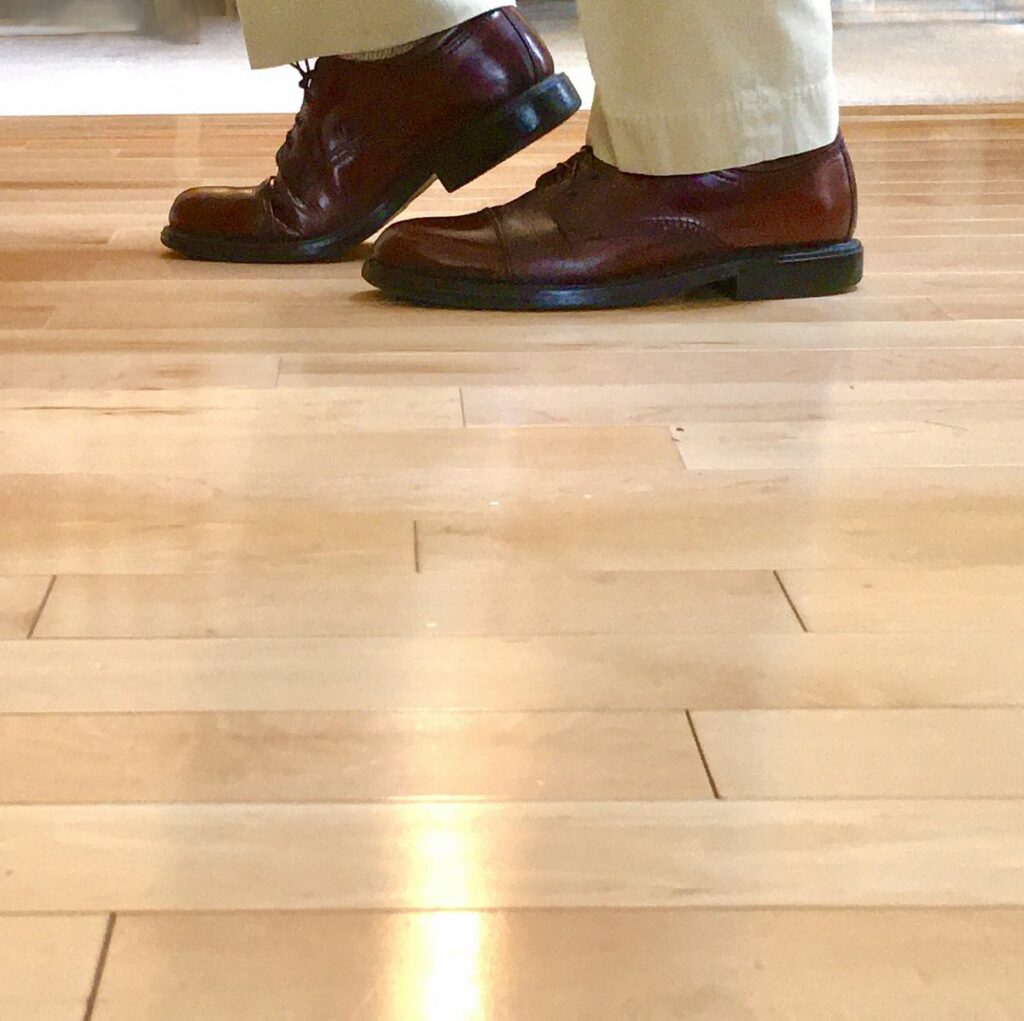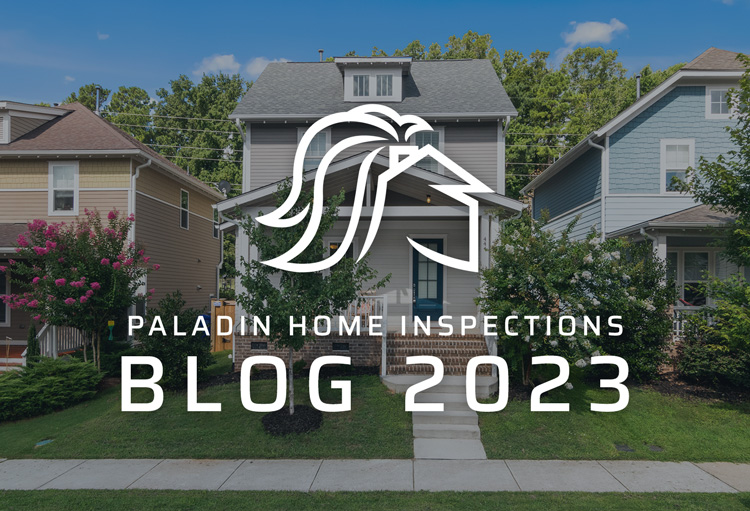I wish I knew how easy it is to cure squeeky floors when I was a teenager. I would have been able to stay out past curfew.
There are only a couple of reasons for floors to squeek. One is that the wood is rubbing against a fastener (such as a nail or screw), or against other wood. That’s it.

My house was built in 1910, so squeeky floors are a natural part of it’s old world charm. In old houses as well as new, the cure is very simple.
There are a few products that you can buy that will make the job easier; None of them are horribly expensive.
The first consideration is the house itself. Can you get to the floor from underneith?
Can you view the floor from below?
Some folks have an unfinished basement where the floor is visible from below.
First, where’s the noise coming from? Go into the basement below. Have someone walk around until the floor squeeks and then rap on the floor so you can find the spot or spots. Take a wooden shim, dip the thin end in wood glue, then put the shim between the floor joist and the floor above it. Not too far, you don’t want to raise the floor up. Then screw a sheetrock screw into the shim to hold it in place.
There is a product on the market that does a very good job of holding the floor to the floor joist. It’s from Squeekender, is easy to install, and only costs $15 or so. Look also for Sagender, from the same company, at about $24
If the ceiling on the lower floor is finished, you will need to fix the problem through the floor. Still a DIY project, only a little more complicated, because you will need to find the floor joists. Please don’t imagine that you can find a joist or a stud by rapping the floor or wall with your knuckles. That only works on TV. Get a stud-finder. They only run about $12 at a home center or you can borrow one from any old man.
After you locat the joists, the system you need to use is called Squeeeeek No More, available at home centers, Rockler’s and online. It has a special guide, driver and screws.The screws are designed to break off below the surface of the floor. If the floor is carpeted, you are done. A wooden floor will need to have those tiny holes filled.
There are companies that will inject adhesive into the squeeky area and then finish the surface so that there is no trace of damage to the floor. They work on old floors, of course, but find that a lot of their jobs are new (or fairly new) construction and freshly installed floors.
My advice is to try DIY first, knowing that you can call on a professional if something doesn’t work out.
Special thanks to my friend Michael Finstad from EV Real Estate for suggesting this article.

